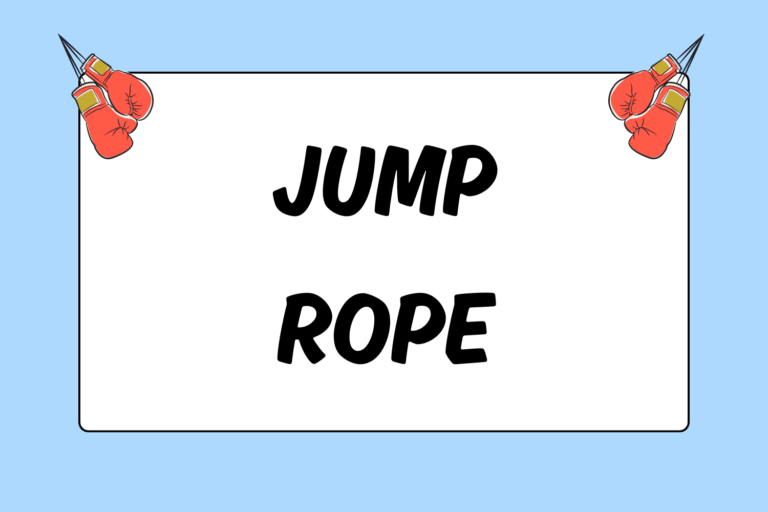It takes months to train for a bout, so it’s understandable that fight day is both nerve-racking and suspenseful. Familiarizing yourself with pre-bout requirements and procedures gives you less to worry about once the day arrives. Most of the pre-bout procedures ensure competitor safety, so it’s essential that you get used to the routine. This guide reviews what to expect prior to an amateur boxing match.
Passbook Required
All athletes have mementos. For example, some players hold onto a game ball or hang up a scorebook from an important game. Former boxers usually hold onto their passbook. Your passbook allows you to participate in USA Boxing competitions. You’re required to bring your passbook to each bout, since it’s your identification form and proof of registration. Your weight, opponent, and fight results also get documented in your passbook.
When packing your bag before a bout, double-check to make sure you have your passbook. You’ll need it for your weigh-in, physical, and match.
Weigh-in
For most amateurs, weigh-ins take place on the day of the fight. Occasionally an event host may allow fighters to weigh in the night before a bout. In any case, you’re expected to weigh in at or under the maximum weight allowed for your weight class. You have two hours to drop excess weight if you fail to hit your weight on the first try — failing to meet weight requirements often results in the bout being cancelled. The weighmaster records your official weight in your book, which you then bring to your physical.
Hot Tip: Post-bout
After your bout, be sure to exit the ring in the corner designated by the referee. A ring doctor will approach you near the bottom of the stairs, and he’ll probe you for general injuries. He’s also looking for coherent verbal responses. Finally, he’ll look into your eyes with a flashlight to ensure you’re not concussed. In most cases you’ll pass and be free to celebrate your victory with friends and family!
Physical Examination
Immediately after weigh-ins, a licensed physician will perform a pre-bout physical. These physicals are generally brief, and the doctor will examine the following:
- Blood pressure
- Breathing
- Condition of hands and face
This short procedure determines whether or not you’re fit to compete. While these examinations don’t count as a “complete annual physical,” the physician does have the authority to prevent you from boxing. If he feels like an underlying issue will impede your ability to effectively defend yourself and compete, he’ll call off the fight. Usually the physician takes your book at the conclusion of the physical exam. The head judge receives your passbook prior to the bout.
Wrap Check
Some boxers wear the same cotton handwraps that they train in. Most fighters, however, prefer to have their hands wrapped with gauze and tape for competition. Gauze and tape provide sufficient protection, while also contouring to the hand as tightly as possible. Keep in mind the event host doesn’t provide gauze or tape, so you’re responsible for bringing these supplies to a competition.
All boxers are required to have their wraps signed off by one of the judges. Judges generally linger at ringside before matches, and they check your wraps to ensure that USA Boxing rules have been followed. If your wraps pass their examination, the judge signs off and sends you to the person in charge of assigning gloves. The host of the event provides competition gloves. Amateur boxers wear either 10- or 12-oz gloves depending on their weight class. Depending on what corner you’ve been assigned to, you’ll either wear red or blue gloves.
In-ring Procedure
You’ve finished your pre-bout warm-up routine, and you’ve entered the ring. Your opponent stands less than twenty feet away. Some final details have to be ironed out before you guys throw fists, though.
The referee will come to your corner and check that you’re wearing a no-foul protector and mouthpiece. He’ll also check to see that your gloves are the correct size and that your headgear is securely tied. You and your opponent are then introduced and called to the center of the ring where you touch gloves — an act of sportsmanship.
Fight On
Return to your corner and wait for the bell to ring after touching gloves. Do your best to stay focused and implement the game plan that you and your trainer have worked on. Keep your eyes and ears open so that you can hear your trainer’s instructions throughout the bout. Also, it’s important that you follow the referee’s instructions throughout the bout. After that, just relax and fight hard.





